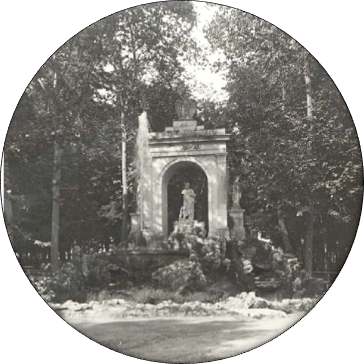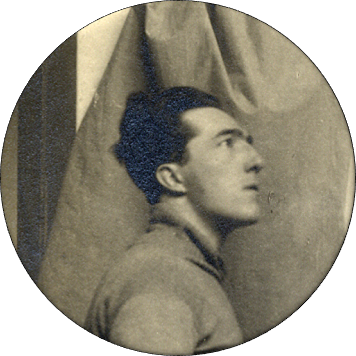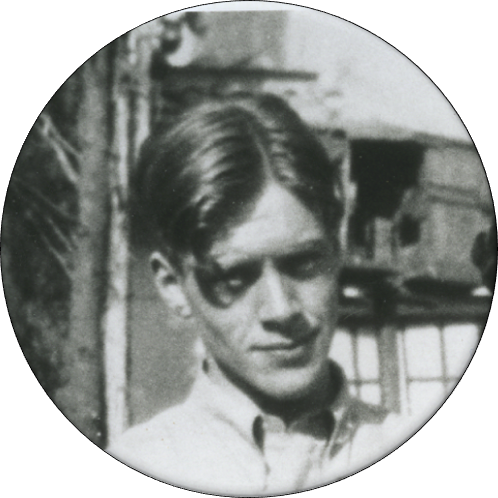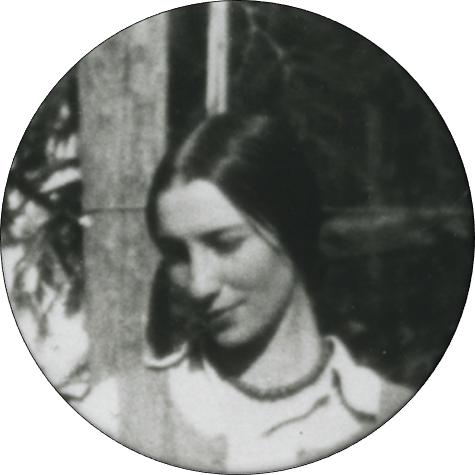
Winifred Knights (1899-1947) arrived at the BSR as the first woman to be awarded the prize, and one of the few British women in the interwar period to be recognised by the awarding committee for her artistic talents. She had been a student at the Slade School of Art from October 1915 to July 1920, and entered the competition for the Rome Prize in January 1920. She made it through to the final round, and won with her depiction of The Deluge (Tate, 1920), an interpretation of the Biblical Flood. The painting was commended for its contemporary aesthetic, with the figures depicted in modern-day clothing, and the ark in almost concrete-like form. The apocalyptic tones reflected Britain’s recent experience in the First World War, and were possibly influenced by Knights’ own experience as witness to the Silvertown explosion in 1917, where a munitions factory was destroyed after a fire broke out. The painting earned her the Rome Scholarship in Decorative Painting.
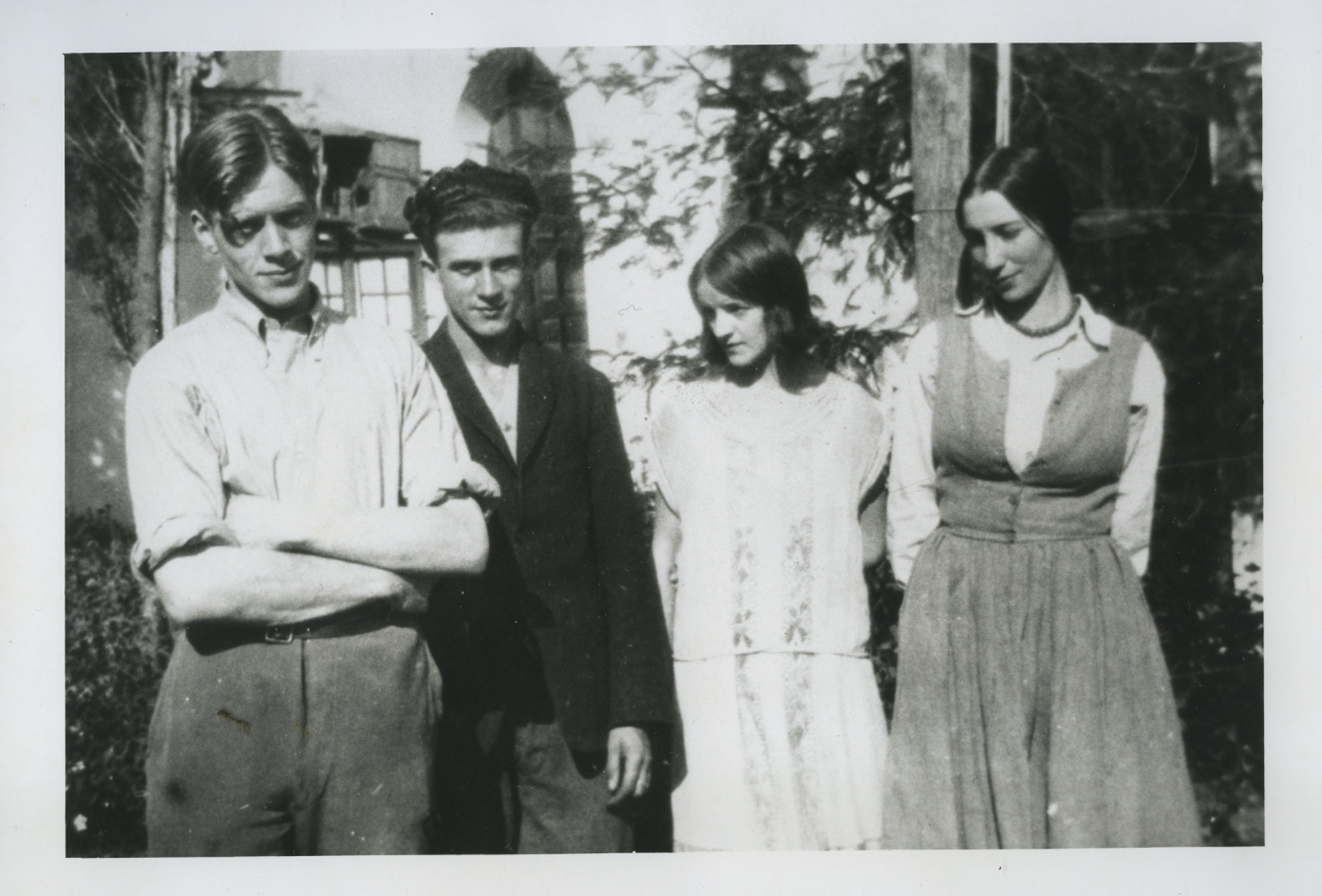
Knights began her three-year scholarship in November 1920. Her letters home, of which copies are stored in the BSR archive, reveal her curiosity, delight and surprise at her new surroundings and companions, as well as the attention she received, especially from potential suitors. She made her own garments and her singular sartorial sensibility has, in recent years, been recognised as part of her artistic practice.
With a careful methodical process of drafting, planning and sketching, her large-scale paintings took considerable time to compete. Whilst in Rome, she produced studies and several oil paintings, one of which she sold to the Tate in 1922. This painting, called Italian Landscape (Tate, 1921), carried a similar aesthetic to The Deluge, though is notably more serene. The sharp, angular lines of the buildings are contrasted against the smooth curves of the River Tiber and its surrounding fields, indicating a distinction between the human and the natural. Other sketches and drawings left by Knights at the BSR show the evolution of her style, and growing maturity, as she recreated what she observed. They show a loving appreciation for the people living in Italy, several of whom she depicted sleeping. She also experimented with some nudes, as well as self-portraits.
The Italian setting served as her most telling inspiration, however. She spent a considerable amount of time living in Anticoli Corrado, a hill village in Lazio, which had a long-standing connection to the artists of Rome thanks to its picturesque scenery. Italian Landscape, and several other more realist sketches, are inspired by this setting. She returned to an exploration of biblical themes in the last year of her scholarship, with an oil painting depicting the Marriage at Cana (Te Papa Tongarewa National Museum of New Zealand, 1923). Like The Deluge, Knights gave her figures a simple, modern dress, and it displays much more subtlety than the vibrant recreations of the scene created in the Renaissance era. Knights shows how she developed her own unique style with the same angular aesthetic and distinction between the human and the natural. She used hard lines for the building, tables and benches, and softer lines for the trees and stream in the foreground and background of the image. The people have a similarly stiff posture, despite their various poses. She was inspired by the Borghese gardens in Rome, a place she visited regularly.
As well as being shaped by the place while at the BSR, Knights began to develop strong connections to the other scholars. When she arrived, she joined Colin Gill (1892-1940), Job Nixon (1891-1938), and Jack Benson, who had already taken up their scholarships. Knights stayed with Gill and Nixon at Anticoli Corrado. She was later joined by Alfred Hardiman at the BSR. She was, herself, a model for many of them, and they acted as models for her. Some of her sketches of these individuals survive. A study of Hardiman for Marriage at Cana shows her practising capturing the intricacies of his face, for example. A sculpture of Knights, created by Hardiman, shows how this was reciprocated. As well as forming new relationships, she cemented older ones. Another Slade artist, Arnold Mason (1885-1963), came to Rome with her, though he was not a Rome Scholar. He stayed with the other artists, and served as a model for Knights. One sketch depicts him as an Italian villager, in local clothing and posing as if in conversation. There are several portraits of Knights painted by Mason, again demonstrating the reciprocity of their artistic community. Such reciprocity had its limits, however — Knights and Mason were engaged, but the relationship was broken off and Mason’s was removed from the Marriage at Cana.
One of her most significant relationships was with Tom Monnington (1902-1976). Monnington arrived as a Rome Scholar in 1923 just as Knights’ scholarship was ending. She stayed in Rome until 1925 with Monnington, however, after the two had formed a relationship. They were married in April 1924, and later moved to London, Knights leaving Rome in December 1925, and Monnington in January 1926. In their studio, Knights carried on a painting she began in Rome, The Santissima Trinita (1928). She and her husband found public work, an expectation of both the Slade and Rome scholarships. Her first commission was a mural for the Demeter in Worcestershire, and her second was a painting for the Milner Memorial Chapel in Canterbury Cathedral. She also exhibited her works at the Imperial Gallery in 1927, 1928, 1929, and 1931. During the Second World War she stayed with her sister in Worcestershire, and later in Taynuilt in Scotland.
Her painstaking process, the pressures of domestic, health and financial demands, war and the misogynistic nature of the art world may have hampered her ability to win commissions and stake out a confident career as an artist in later life. A letter of recommendation to Lord Esher from Eugenie Sellers Strong held in the BSR archive states that Knights just needed something like a commission to “wake her up”. Knights continued her practice of making detailed landscapes until her sudden death in February 1947.
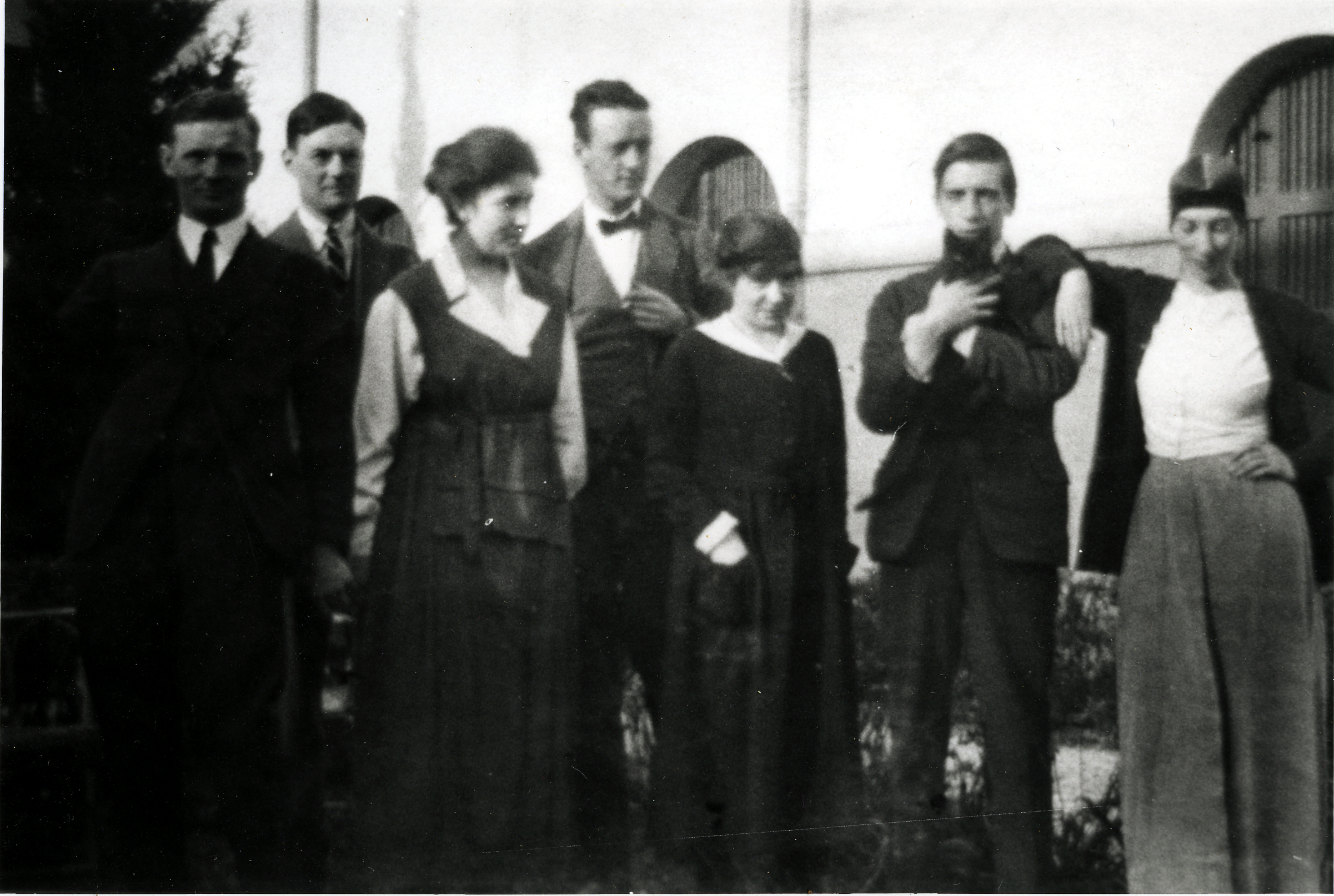
Where would you like to go next? Who would you like to meet?
Sources and Further Reading
The Marriage at Cana (1923) by Winifred Knights. Te Papa Tongarewa Museum of New Zealand: https://collections.tepapa.govt.nz/object/39515.Llewellyn, S. (2016) Winifred Knights 1899 – 1947, [Catalogue]. London: Lund Humphreys.
Hebson, N. (2014). Moda WK: Work in response to the paintings, drawings, correspondence, clothing and interior design of Winifred Knights, (an expanded legacy). London: AND Public. https://nadiahebson1.xhbtr.com/moda-wk-publication.
Llewellyn, S. (2016) Winifred Knights 1899 – 1947. London: Lund Humphreys.
Liss, P. et al. (1995). Winifred Knights 1899-1947. Rome: The Fine Art Society, Paul Liss and British School at Rome.
See also http://www.winifredknights.com/
For a full bibliography and further reading, see here.


